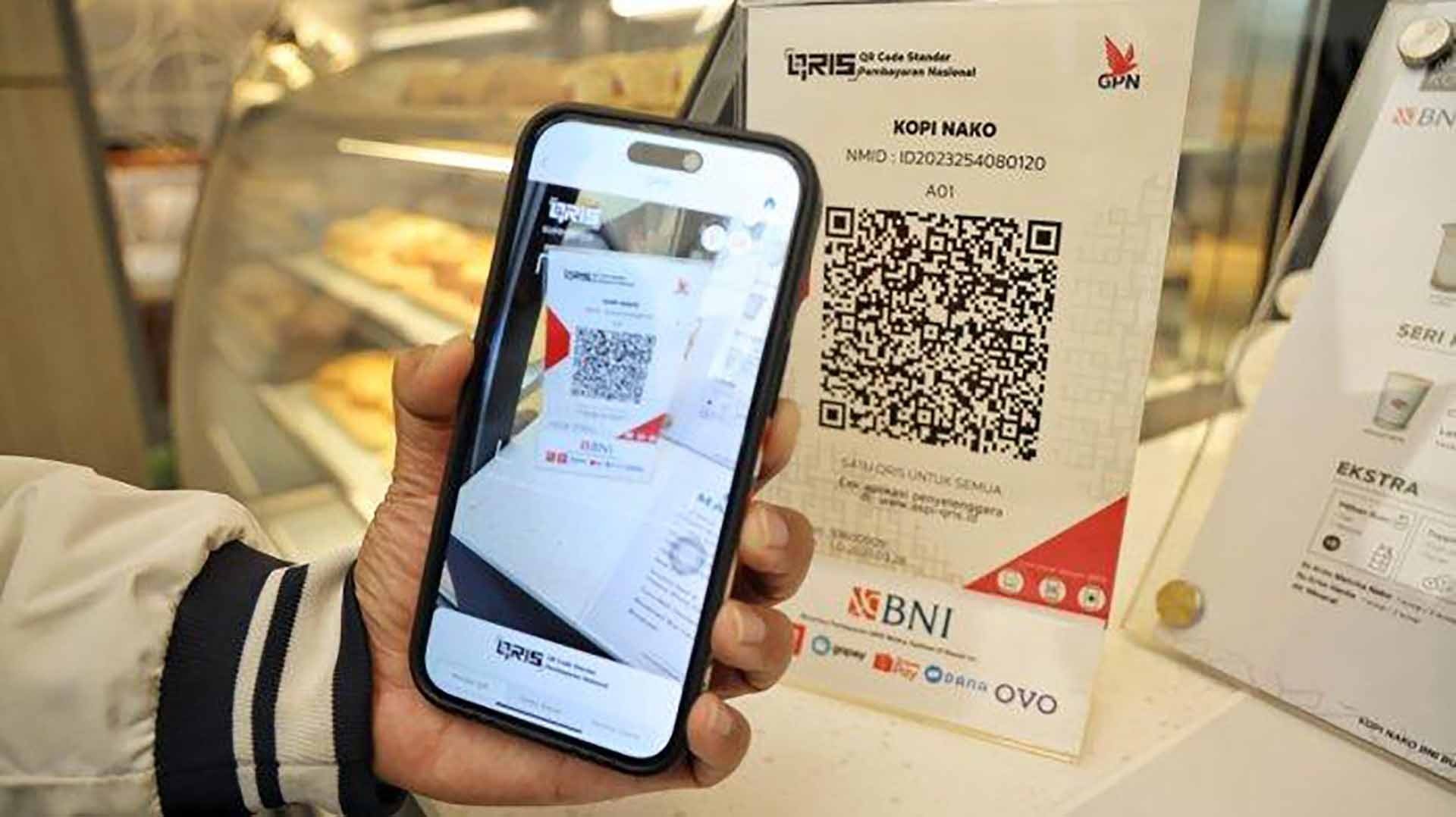 |
| QRIS's presence for cross-border transactions makes Indonesia a leading country in ASEAN for digital payment transactions. (Source: Tribunnews) |
Digital transformation is a strategy aimed at building a sustainable ASEAN Community, characterized by political cohesion, economic integration, and shared social responsibility, ensuring the maintenance of its central position in a dynamic Asia.
Cross-border payments
A regional cross-border payment system recently implemented by Southeast Asian countries is expected to enhance financial integration among participating nations, bringing ASEAN closer to its goal of economic integration.
Five countries, including Indonesia, Malaysia, Singapore, Thailand, and the Philippines, have agreed to cooperate on cross-border ASEAN payments using QR codes or e-wallets to facilitate faster payments and allow users to transact in their local currencies.
The central banks of five countries, including Bank Indonesia (BI), Bank Negara Malaysia (BNM), Monetary Authority of Singapore (MAS), Bank of Thailand (BOT), and Bangko Sentral ng Pilipinas (BSP), are collaborating to create a faster, cheaper, more comprehensive, and more transparent cross-border payment system in ASEAN.
Under the agreement, these banks committed to using the local currencies of all ASEAN countries as official payment instruments, convertible at the prevailing exchange rate in each country.
In January 2023, Indonesia and Malaysia piloted a cross-border payment system using QR codes, which became an official payment method on May 8th.
Previously, cross-border payment cooperation using QR codes had been successfully implemented in Thailand and Indonesia.
Data from the Bank of Indonesia shows that the number of transactions by Indonesian tourists in Thailand using QR codes reached 14,555, with a value of 8.54 billion Rupiah (Indonesian Rupiah, approximately 13.4 billion VND). Meanwhile, the number of transactions by Thai tourists in Indonesia using QRIS was 492, worth 114 million Rupiah (179 million VND).
QRIS integrates various QR codes from payment system providers to create more centralized and convenient transactions. Users don't need accounts or multiple apps to make payments. As a result, digital transactions using QR codes become easier, faster, and more secure.
Indonesian central banks are promoting the use of QRIS as an official payment method in other ASEAN countries so that each central bank can standardize digital payments using digital finance applications, such as mobile banking and e-wallets.
Easy and fast payments can boost trade and tourism within ASEAN. For example, Indonesian tourists don't need to carry Ringgit when transacting in Malaysia. The QRIS payment system will instantly convert Rupiah to Ringgit at the current exchange rate when a transaction is made.
At the ASEAN Summit last May, leaders also reiterated their commitment to the project, pledging to build a roadmap for expanding regional payment integration to all 10 ASEAN members.
This program aims to support and facilitate cross-border trade payments, investments, remittances, and other economic activities, with the goal of developing a comprehensive financial ecosystem across Southeast Asia.
Nico Han, Southeast Asia analyst at Diplomat Risk Intelligence, the consulting and analysis arm of The Diplomat magazine, said: “A unified cross-border digital payment system would boost regionalism and ASEAN’s central role in managing international affairs.”
| On September 3rd, negotiations for the ASEAN Digital Economy Framework Agreement (DEFA) were launched within the framework of the 23rd ASEAN Economic Community Council (AECC) Meeting, demonstrating strong cooperation among ASEAN countries in promoting digital economic transformation in the region. This is considered an important step in cooperation among ASEAN countries to harness the enormous potential of the digital economy sector. |
Narrow the gap
Promoting digital transformation to revive ASEAN after the pandemic and enhance the region's competitiveness in the medium and long term is considered one of the five main recovery strategies of the ASEAN Comprehensive Recovery Framework, namely: strengthening health systems; ensuring human security; promoting markets and intra-ASEAN connectivity; accelerating digital transformation; and sustainable development.
In January 2021, ASEAN emphasized the importance of digitalization through the ASEAN Digital Master Plan 2025 (ADM), announced at the first ASEAN Digital Ministers' Meeting. The plan aims to transform ASEAN into a leading digital community and digital economy bloc, supported by digital transformation services, technologies, and ecosystems, and ensuring cybersecurity to foster a trustworthy digital space.
However, bridging the gap and ensuring equal access to digital technology among countries in the region, as well as among citizens within each country, is one of the key elements in building an inclusive ASEAN digital community. At the online conference on Bridging the Digital Divide in ASEAN in September 2021, experts argued that as digitalization increases, ASEAN governments need to invest more in infrastructure.
Experts also advise that people, especially those in rural areas and small businesses in ASEAN, should be prepared to adapt and create economic value once they are connected. A holistic approach is essential to achieving fair and effective results.
Source






![[Image] Central Party Office summarizes work in 2025](/_next/image?url=https%3A%2F%2Fvphoto.vietnam.vn%2Fthumb%2F1200x675%2Fvietnam%2Fresource%2FIMAGE%2F2025%2F12%2F18%2F1766065572073_vptw-hoi-nghi-tong-ket-89-1204-jpg.webp&w=3840&q=75)



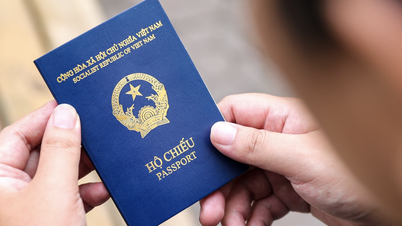





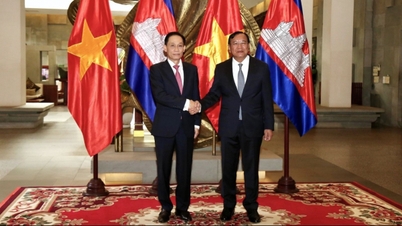













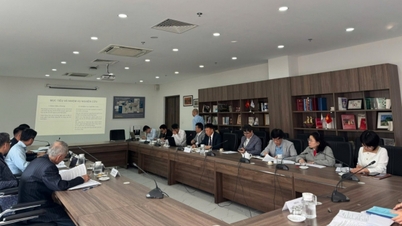

























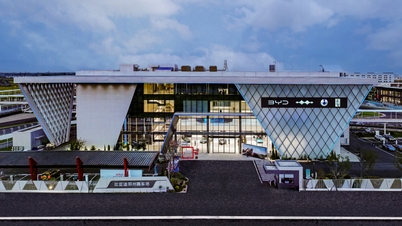



















































Comment (0)